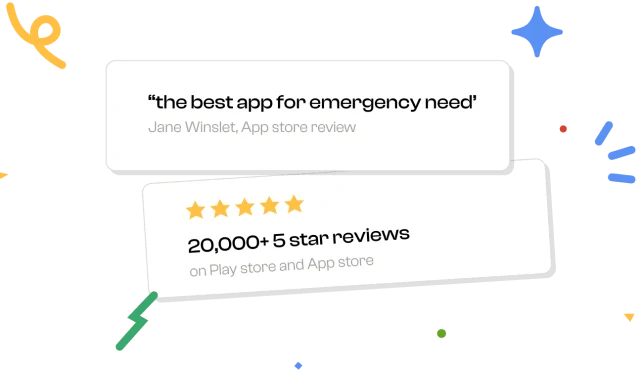A balance transfer may be the answer to your credit card debt problems. Taking advantage of a low or 0% interest rate, balance transfer involves transferring debt from one account to another. As a result, it is possible to pay off your debt faster while improving your credit history and financial situation by saving money on interest payments, even if the principal remains the same.
Balance transfer fees can be waived by some credit card companies (usually between 3% and 5% of the transfer amount). A promotional period of six to 18 months, where no interest will be charged on the transferred money, may also be offered.
Balance transfers, however, may negatively impact your credit scores, so be sure to understand this before proceeding.
How do balance transfers work?
Whenever you move money from one credit card to another that charges less interest, you are transferring a balance. A balance transfer can be an effective debt management tool when used wisely. Since these credit cards typically offer 0% interest for a limited time, that’s why they’re so popular.
Therefore, you will be able to save money to pay off your debt more quickly. Reduced interest rates last only for a limited period of time before returning to normal interest rates. Fees for transfers are often added to your account balance, so make sure your balance is accurate before you transfer.
Perks of a balance transfer
Using a balance transfer credit card could help you pay down more of your debt if you’re trying to reduce your interest payments from your existing credit cards. Because balance transfer cards often have interest-free periods, you can make progress on your total debt over a longer period of time.
It can also be easier to keep track of payments if you consolidate several credit card balances onto a single card. Choosing the right credit card is important.
See also: how to use balance transfer
Should you opt for a balance transfer?
The quickest, most cost-effective way to pay off your debt is to pay it off within three months or less if you can’t qualify for a 0% APR offer. If you’re willing to pay interest and would like a higher limit, you can apply for a personal loan. You can first pre-qualify to know how much you can borrow and what your interest rate will be.
For those with good credit and who need months to repay high-interest debt, the 0% introductory APR is a good option. With such a card, you can save quite a bit on interest and take advantage of interest-free payments.
What qualifies as a good credit balance transfer?
Balance transfers are designed to save you money, so choose a card that minimizes your costs. There are three big zeros on the ideal balance transfer credit card:
- Balance transfers are eligible for 0% introductory APR.
- There is no annual fee.
- Having no balance transfer fee (or avoiding such a fee).
With such a card, you could pay off your debt without spending a penny on interest and fees. It is rare to find a credit card without a transfer fee nowadays, so you will likely only find two of the three. It is still quite valuable to have a card with zero annual fees and a 0% introductory balance transfer offer. The cost of interest charges can add up quickly and is often much more expensive than a one-time fee of 3% to 5%.
Eventually, as a result of opening a new account, you’ll have more available credit, and your debt-to-credit ratio will be lower. It’s still possible to hurt your credit scores if you don’t take care. When you continue to use the old card – even after transferring the balance – you may increase your utilization ratio, add to your debt, and ultimately get back into the same situation. It is worth noting that while a few cards are ideal for balance transfers, there are a few that aren’t.


























